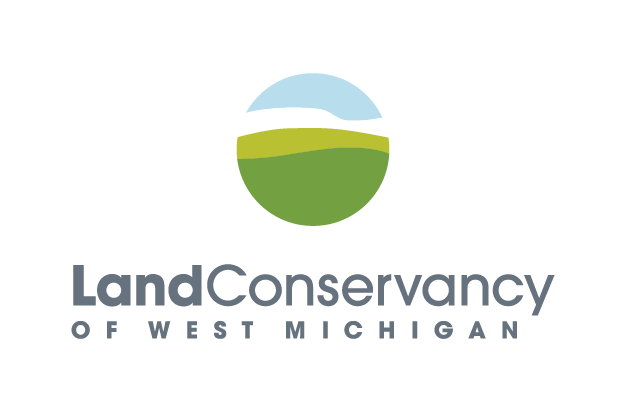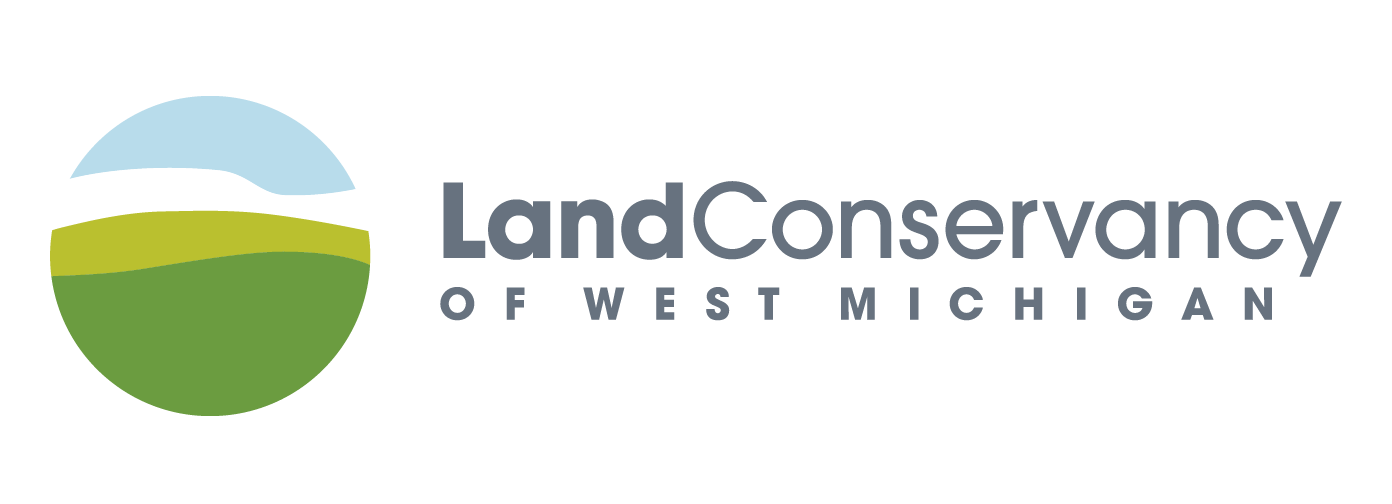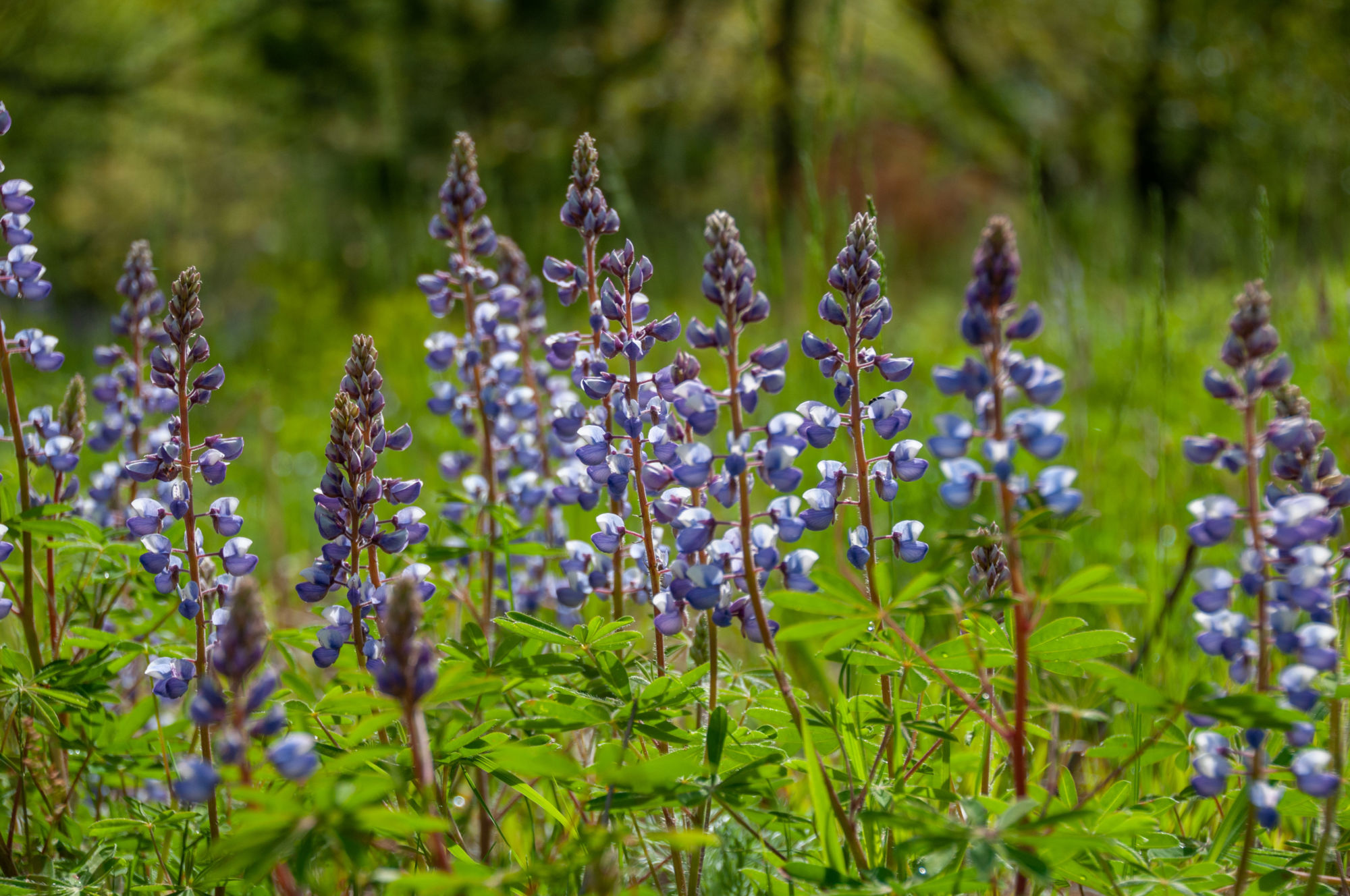Step 1: Prepare the Soil
After the Land Conservancy of West Michigan (LCWM), then the Natural Areas Conservancy of West Michigan (NACOWMI), completed its first project supporting the protection of Saugatuck Dunes Natural Area in 1988, the group faced the question: ”What’s next?”
In the coming years, the organization would reach several milestones marking its swift growth. The first of these was the acquisition of the Land Conservancy’s first nature preserve, Saul Lake Bog Nature Preserve, in 1989.
Valerino Castro and his wife Maria owned the land that became the preserve. Under their care, the land was a farm. They planted fields with alfalfa, corn, and hay to feed the family’s cows, pigs, horses, goats, and chickens. Protecting the bog was important to the Castro family, so rather than sell it to developers, they sold it to NACOWMI. The organization was able to purchase the first 52 acres with the help of the Steelcase Foundation, Grand Rapids Community Foundation, and many community members. Three years later, the Castro family generously donated a portion of the remaining 71 acres, and NACOWMI purchased the rest.
The bog, wetlands, and ravines on the property—and the biodiverse plant and wildlife communities they supported—were key factors motivating the protection of the preserve. Making it available for people to enjoy was the next step.
A Place to Learn
NACOWMI’s volunteers soon got to work creating amenities to support public access and enjoyment of the 123-acre preserve.
“The idea behind [Saul Lake Bog] was going to be to try to give people a sense of what a bog is about. So, we built the overlooks to allow for that kind of visual access,” said Randy Van Dragt, NACOWMI’s Board President at the time the preserve was acquired.
An access road, trails, bog overlooks, and a shed to house a tractor were installed. Trails meandered along the bog, through the forested portions of the property, and across the open fields planted with feed grass. Volunteers planted trees along the road. The preserve became a place where people could visit to experience nature and professors at local colleges could take students to learn.
In the years that immediately followed, Randy and the rest of the NACOWMI board and volunteers worked on securing an office space, hiring the organization’s first executive director, acquiring Lake Breeze and Lamberton Lake Fen Nature Preserves, and establishing the first conservation easements. The organization also changed its name to the Land Conservancy of West Michigan.
A decade later, a volunteer would look at the feed grass fields at Saul Lake Bog Nature Preserve and see potential for something greater.
This story was part of our Fall 2025 Newsletter. You can read the newsletter in its entirety here.
Would you like to receive print copies of our newsletter in the future? We mail annual supporters our newsletters twice a year. Donate to the Land Conservancy of West Michigan today, and you’ll be subscribed!








